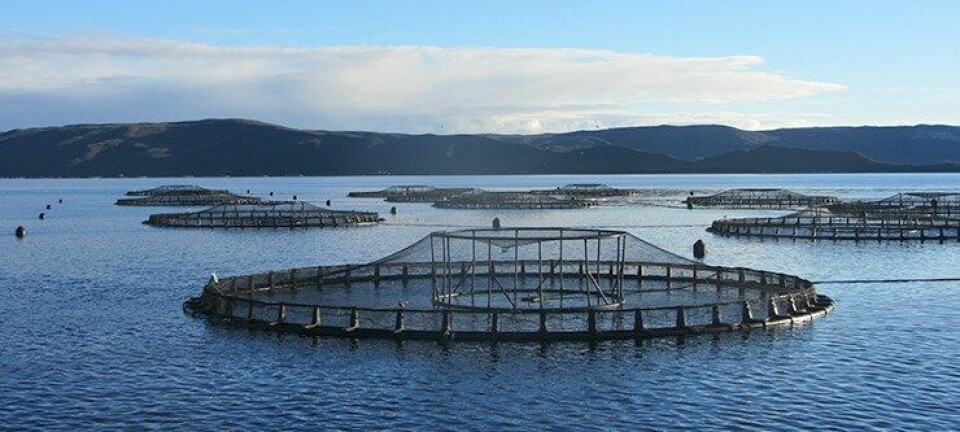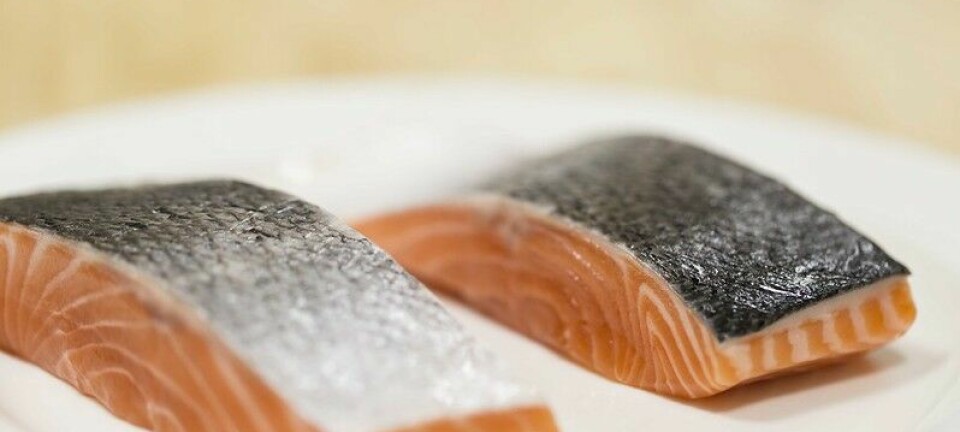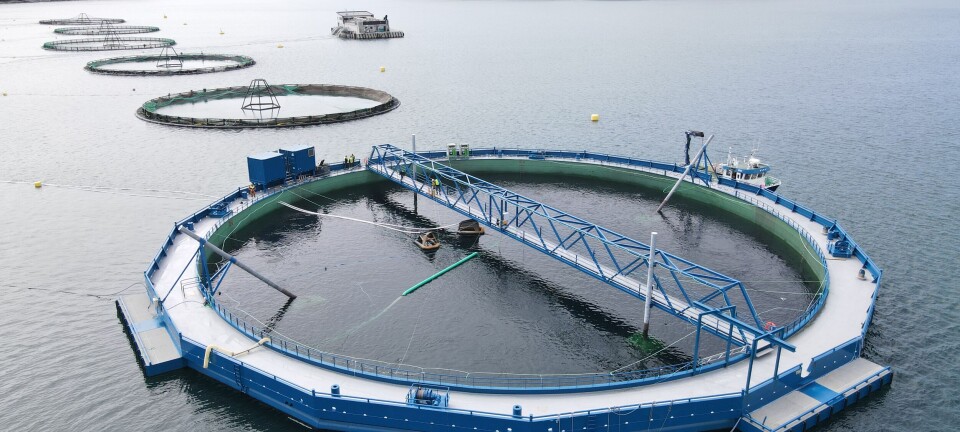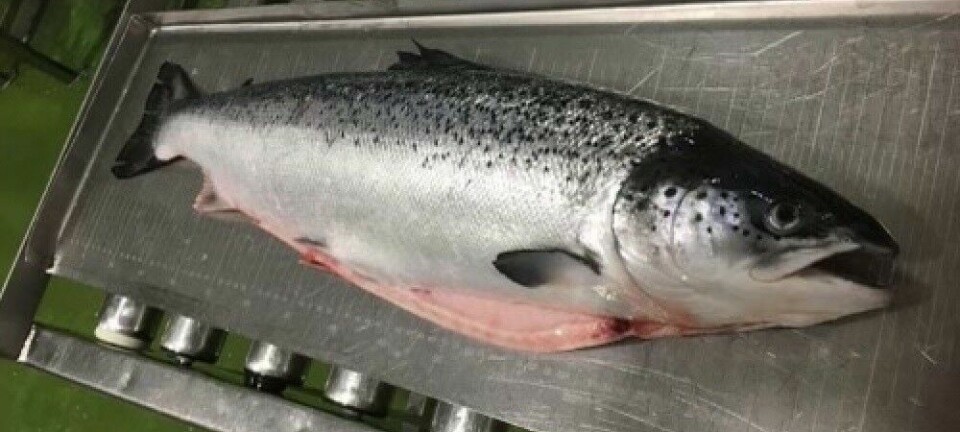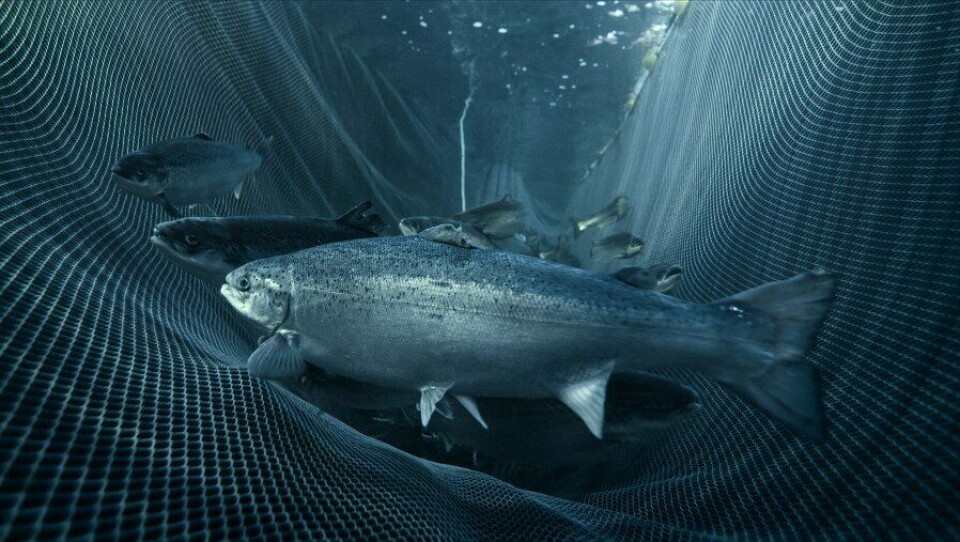
Humane slaughter: in good taste
An article due to be published in the January 2016 issue of the journal Food Science demonstrates that fish taste better when they are slaughtered in a quick and humane manner.
Researchers have shown that meat from stressfully slaughtered fish may have a shorter shelf life (and a worse taste) than fillets from quickly killed fish.
The researchers compared groups of rainbow trout that died either from a swift blow to the head, or by slowly asphyxiating out of water. After 75 days in the freezer, fatty acids such as omega-3s started to break down in the fillets of stressed fish. The researchers found that the breakdown products of fatty acids were twice as high in the asphyxiated trout after 135 days in storage.
Palatability of the two different groups was tested by a blinded group of trainees specially trained in detecting “marine off-flavours”. Fillets from the asphyxiated group tasted bitter and smelled rancid after 105 days, they reported, whereas fillets from the quickly killed fish never started to smell.
The authors suggest that the quickened rancidness of the stressed fish was due to a higher concentration of compounds that accrue in the body during stress (hydroperoxides) that break down into aldehydes and ketones - the chemicals behind the foul smell and bitter taste of unsavory meat.
The results are great news for salmon farming, as the process of harvesting involves the most humane method according to many peer-reviewed studies as well as the American Humane Society, and includes percussion stunning followed by exsanguination by gill-cutting. Compared to wild fish, which are caught by long-line or gill-net and often die by asphyxiation, farmed salmon are harvested in a much more humane manner.
This research sheds some light on the importance of humane and swift harvesting in aquaculture, as well as the importance of continued innovation and research for all species of fish, not just salmon.


















